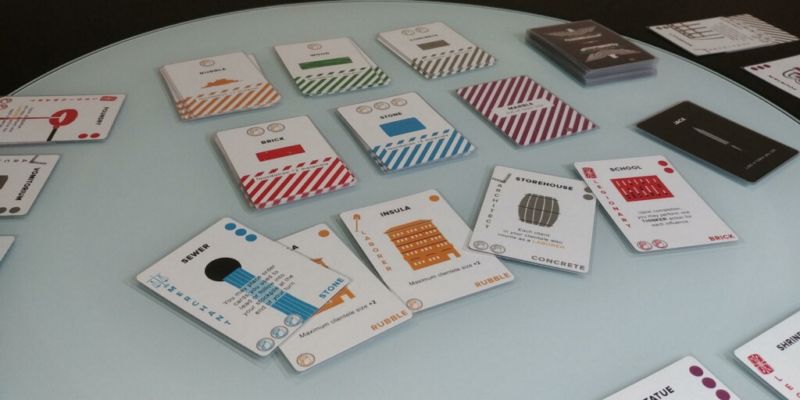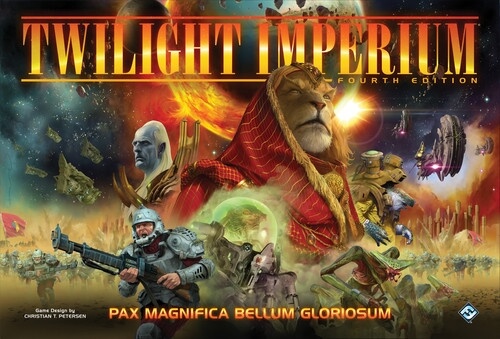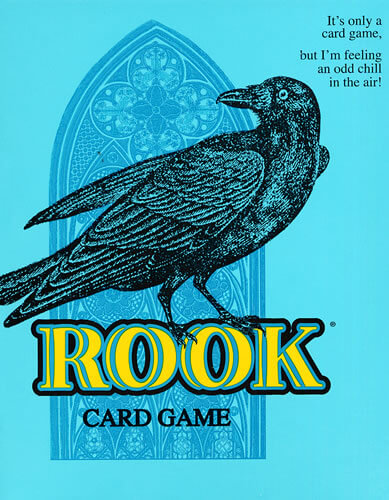
Glory to Rome
In 64 AD, Greater Rome faces an apocalypse: a devastating fire ravages the city, destroying temples, homes and the very essence of the empire. Faced with chaos, Emperor Nero returns to his capital with a mission: to restore magnificent Rome and provide shelter and hope for its citizens. In Glory to Rome, you take on the role of a magistrate tasked with leading the reconstruction. As a master builder, you will use cards that represent buildings, resources, patrons and professionals, creating a complex web of strategic decisions. Each card you use can mean the difference between maintaining a building and ruining its reputation. The game unfolds with a dynamic system of discard piles, where you must not only take advantage of your own cards, but also predict your opponents' intentions. Competition is constant, with points being accumulated by completing masterpieces and managing resources. Strategy and tactics go hand in hand as you seek to secure your position as the hero who will bring the Glory of Rome back to its splendor. With vibrant artwork and concise rules, Glory to Rome offers a tactical depth that challenges even the best strategists, making it an enduring classic among tabletop games. With each game, new paths open up and new stories are forged in the quest to restore the empire.Artists: Ed Carter; Valerio Cioni
Designers: Ed Carter; Carl Chudyk
Date: 2005
Note: 7.6
Mechanics: End of game bonus, Multipurpose cards, Collecting Sets, End by Sudden Death, Hand Management, Variable phase order, Follow Action
Topics: History
Table of Contents
- How to Play
- Tips for playing
- Game mechanics
- Game components
- Additional Information
OBJECTIVE OF THE GAME

Tips for playing
Here are some tips for doing better in the game Glory to Rome:
- Prioritize the construction of multifunctional cards that can serve as building materials, stocks or customers.
- Control the flow of resources in the kennel, seeking to maximize your future options.
- Get customers with valuable skills to accelerate your strategic advantage in terms of action.
- Look out for opportunities to consume valuable materials, which can put you ahead of your opponents in victory points.
- Use your leadership role effectively to direct the dynamics of the shift in favor of your strategy.
- Build buildings with special abilities that go well with your strategy to obtain powerful synergies.
Video about the game
GAME mechanics
- Hand Management - Players must manage their cards carefully. Cards can be used in a variety of ways, as resources, buildings or actions, requiring strategic decisions about which cards to keep and which to use.
- Variable Phase Order - The order of the phases in the game can change depending on the players' actions. Each player decides which action to take, which can alter the dynamics and sequence of the moves.
- End of Game Bonus - Players can earn additional points at the end of the game based on certain conditions met during the match, such as the number of buildings completed or sets of materials collected.
- Multipurpose Cards - Each card in the game has multiple functions and can be used as a specific role, resource or ability, depending on the context of the move chosen by the player.
- Collecting Sets - Players must collect and complete sets of cards or resources to maximize their points or facilitate the construction of specific buildings.
- End by Sudden Death - The game can end abruptly if certain conditions are met, such as the "Roma" pile running out, forcing players to adapt quickly to maximize their points at the last moment.
- Follow Action - When a player performs an action, other players have the option of following that same action, but usually with reduced efficiency, allowing them to respond to their opponents' actions and benefit indirectly from them.
Game components
See all the items in the game below Glory to Rome:
- Structure Cards
- Resource Bookmarks
- Action Cards
- Currency of Rome
- City pieces
- Construction letters
- Game Board
- Strategy Drafts
Additional Information
- Ludopedia link: https://ludopedia.com.br/jogo/glory-to-rome
- Link Tabletopia:
- Amazon Brazil link: Comprar Glory to Rome
- Amazon USA link: Comprar Glory to Rome


